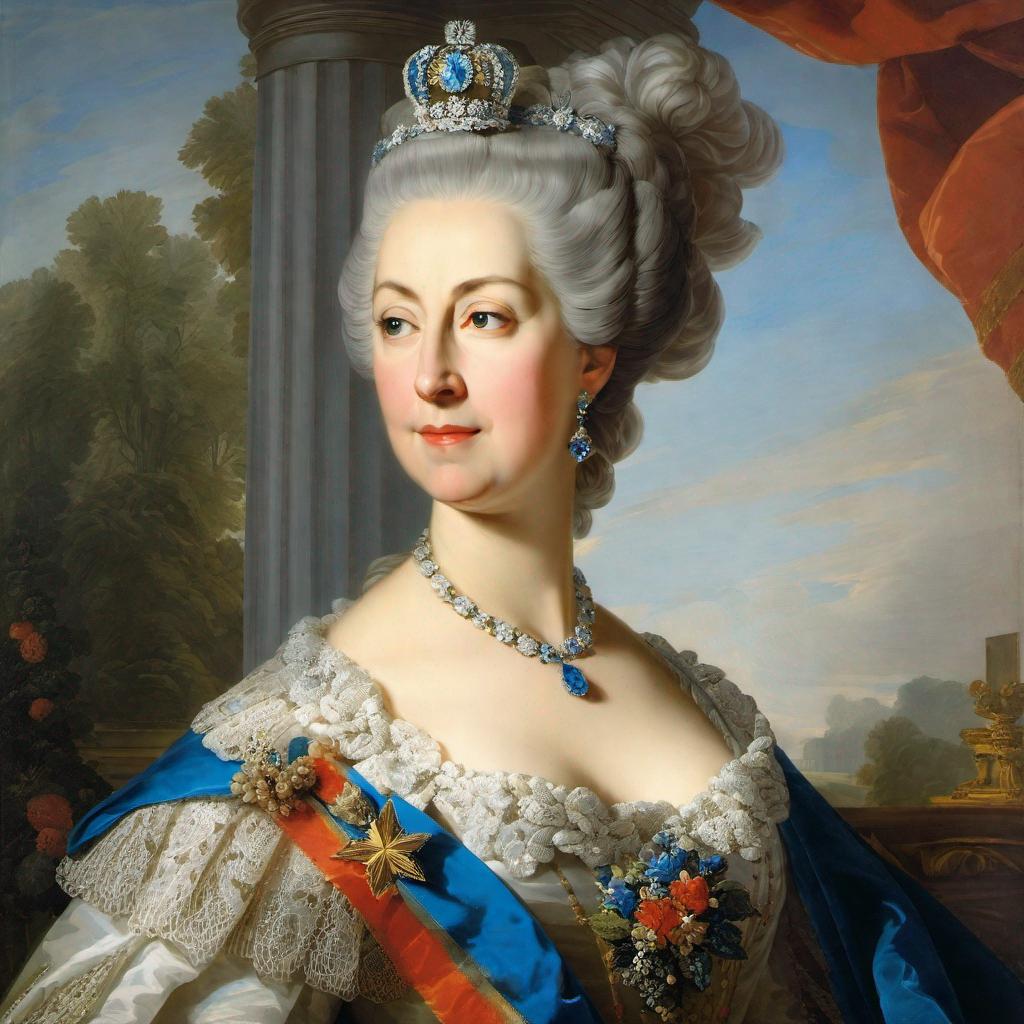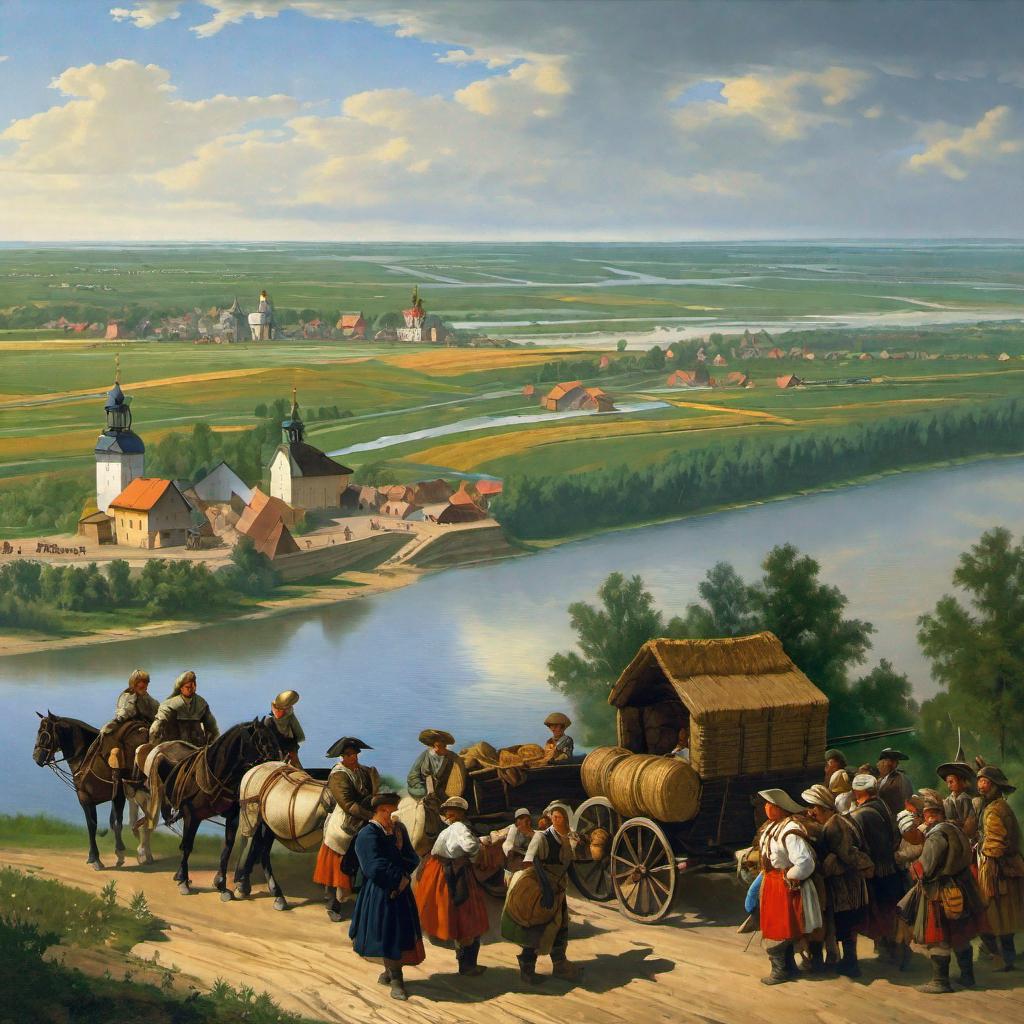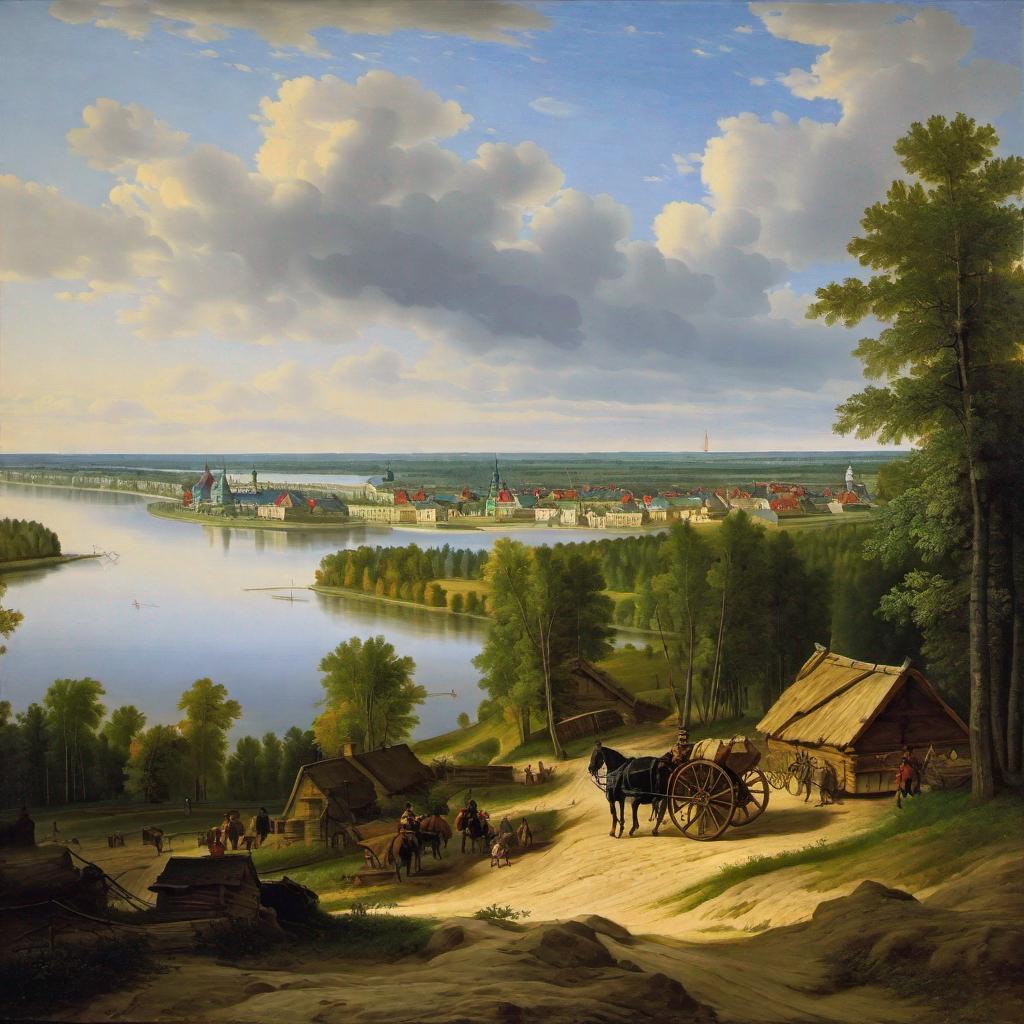Migration to the Volga: The Volga German Odyssey in the 18th Century
The 18th century in Europe was marked by dynamic changes. Wars, religious movements, and shifts in political landscapes were redefining boundaries and identities. Against this backdrop, a particular group of Germans found themselves at a crossroads, pondering their future amidst mounting challenges.
The initial allure of the Volga region to these Germans was multi-faceted. Russia, an emerging power with vast stretches of land, was keen to bolster its economic and agricultural prospects. Catherine the Great, who was of German descent, recognized the potential of attracting skilled German farmers to develop these lands.

Catherine's 1763 manifesto, therefore, wasn't just an act of generosity; it was a strategic move. She knew that many Germans were grappling with religious discrimination, particularly the Mennonites and other Protestant groups. Furthermore, economic pressures, compounded by the toll of wars and infertile lands, made the prospects in Germany bleak for many.
The manifesto, which promised religious freedom, exemption from military service, and financial incentives, was tailor-made to address these concerns. Moreover, the offer to cultivate land without the burden of feudal duties was particularly enticing. For many Germans, it represented hope and the possibility of a prosperous future.

News of this opportunity spread like wildfire throughout German states. Families, often from farming backgrounds, began contemplating this ambitious journey. The narrative of vast, fertile lands waiting to be tilled resonated deeply with their agricultural roots.
However, the decision to migrate wasn't taken lightly. Uprooting families and venturing into the unknown required immense courage. Many wrestled with the thought of leaving behind familiar settings, ancestral homes, and cherished communities. But for most, the pull of potential prosperity in the Volga region was too strong to resist.
As the first waves of German migrants made their way to the Volga, they were met with a vast expanse of land, much of it untouched. The task ahead was daunting: transforming this wild terrain into productive farmland. But armed with their agricultural know-how, determination, and a sense of community, they set about creating a new home.

The formation of German colonies along the Volga was a strategic move. Staying together allowed them to pool resources, share knowledge, and offer mutual support. Their settlements soon became bustling hubs of activity, with houses, schools, churches, and markets sprouting up.
Their contributions to agriculture were noteworthy. The Germans introduced crop rotation, new farming techniques, and even brought in different crop varieties. Their diligence and innovative methods soon turned the once barren lands into thriving agricultural centers.
Yet, while they were instrumental in the agricultural revolution of the region, they also faced significant challenges. The harsh Russian winters, unfamiliar diseases, and occasional conflicts with local communities tested their resolve. But the Volga Germans were resilient. They adapted, learned, and overcame these challenges.
Culturally, they made efforts to retain their German identity. Their schools taught in German, churches followed German traditions, and festivals celebrated their German heritage. This cultural preservation provided comfort and a sense of belonging in an otherwise foreign land.
Interactions with the native Russians were mostly harmonious. Trade, intermarriages, and cultural exchanges were common. Over the years, as the two communities coexisted, they learned from each other and forged lasting bonds.
By the end of the 18th century, the Volga German colonies had firmly established themselves as integral to the region's social and economic fabric. Their journey, which began as a search for better prospects, culminated in the creation of a rich legacy that echoes through the annals of history.
In conclusion, the Volga German migration of the 18th century stands as a testament to the human spirit's ability to adapt, persevere, and thrive. From their indomitable courage in taking on a challenging migration, to their lasting contributions to the Volga region, their story is a captivating chapter in the larger narrative of global migrations.